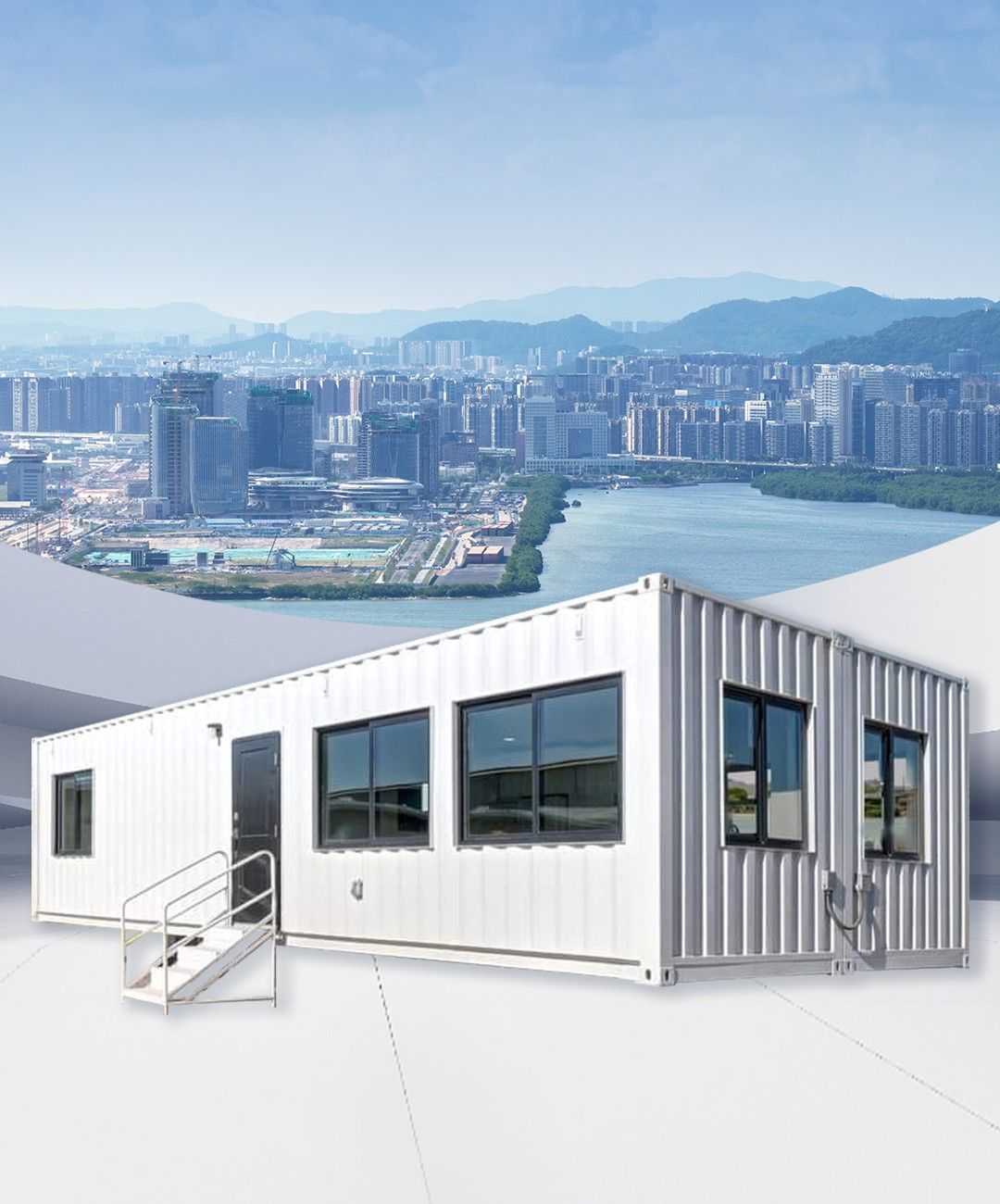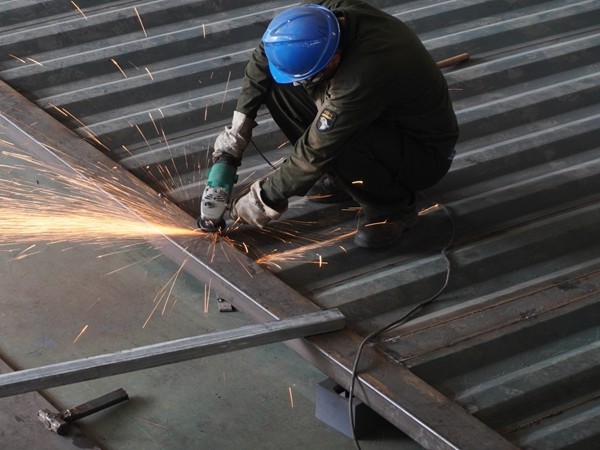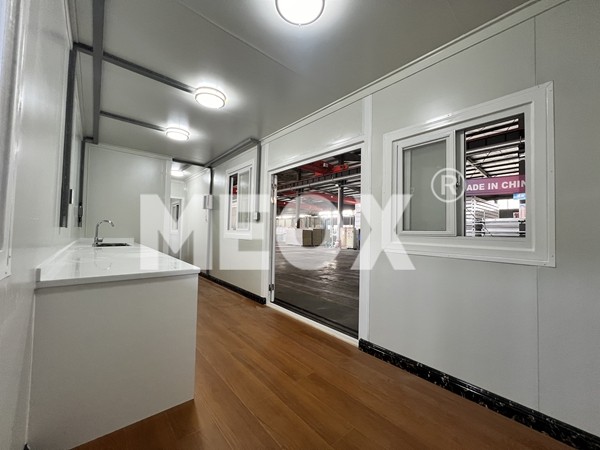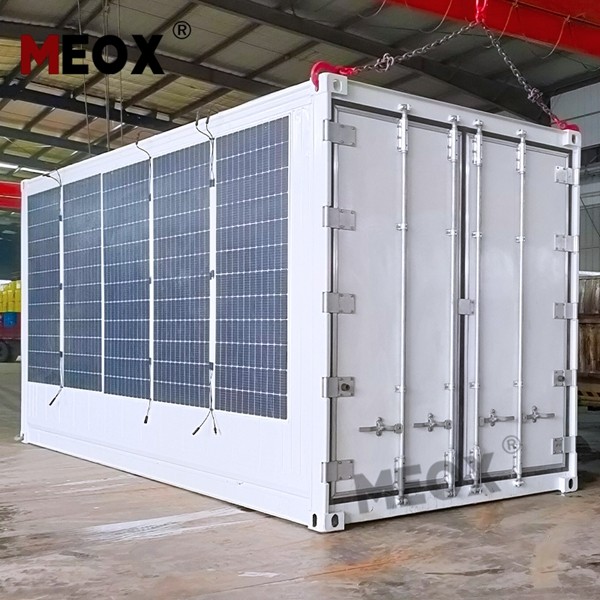Offshore containers adhering to the DNV 2.7-1 standard are not merely steel boxes; they embody the pinnacle of safety, durability, and efficiency in maritime logistics. For companies venturing into the demanding arena of offshore operations, understanding these containers is crucial for optimizing operational efficacy and safeguarding resources.

The journey of offshore containers begins with stringent design criteria rooted in the DNV 2.7-1 standard, a benchmark developed by Det Norske Veritas, a leading maritime classification society. This certification ensures that each container can withstand the harshest offshore conditions, including extreme weather, corrosive environments, and the rigors of sea transport. The rigorous testing process includes visual inspection, proof load testing, and non-destructive examination, guaranteeing that the containers are fit for purpose.
Professionals in the field especially value the robustness of DNV 2.7-1 containers. These containers are crafted from high-grade materials engineered to resist deformation and damage. This durability translates into longer service life, reducing the frequency and cost of replacements. Moreover, their compatibility with international standards like EN 12079 enhances their versatility on a global scale, making them an indispensable asset for companies operating across different continents.

The engineering expertise behind these containers is a testament to their efficient design. Each container features lifting points and sling sets scientifically positioned to ensure balance during crane operations, a critical feature when dealing with unpredictable sea movements. Intermodal compatibility allows seamless transitions between maritime vessels, offshore platforms, and onshore transport vehicles, simplifying logistics and reducing transfer times. This efficiency is crucial in offshore operations, where time is often synonymous with cost.
In terms of safety, DNV 2.7-1 containers are unrivaled. They are designed to maintain structural integrity under dynamic loading scenarios commonly experienced during offshore lifting operations. The safety factor incorporated into their design gives operators the confidence that their equipment and cargo are secure. The containers often come with advanced locking mechanisms and weatherproof seals, further protecting the contents from theft and environmental hazards.offshore container dnv 2.7 1
The commitment to environmental sustainability is another key attribute of DNV 2.7-1 containers. They are manufactured adhering to eco-friendly practices, and their long service life reduces the environmental footprint compared to conventional containers. Manufacturing materials are often recyclable, aligning with global sustainability goals and reducing waste management issues at the end of their lifecycle.
For companies looking to establish themselves as leaders in offshore industries, investing in DNV 2.7-1 offshore containers is a strategic decision. These containers represent a convergence of safety, efficiency, and environmental responsibility, qualities that not only enhance operational performance but also demonstrate a commitment to best practices and innovation. Operational managers and logistics coordinators consistently provide feedback on the reduced downtime and increased safety records associated with the usage of these containers.
Finally, the choice of supplier is pivotal. Opting for a reputable supplier who has a proven track record in producing high-quality DNV 2.7-1 certified containers will ensure that companies receive cutting-edge solutions tailored to their specific needs. A knowledgeable provider will offer guidance on best practices, maintenance tips, and rapid support to address any operational challenges.
In summary, DNV 2.7-1 offshore containers stand out in the maritime logistics market due to their impeccable engineering, safety features, and sustainability. By investing in these containers, businesses not only enhance their logistical capabilities but also align with industry standards that underscore trust and reliability.






